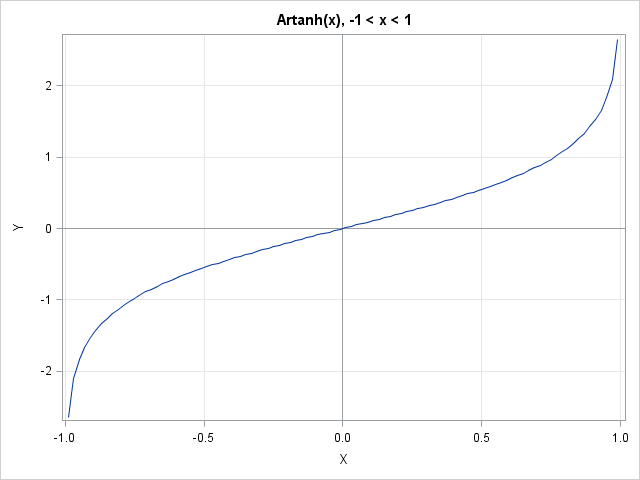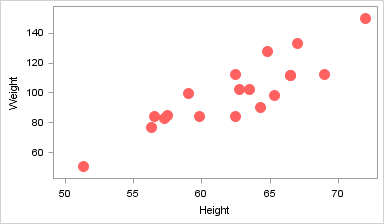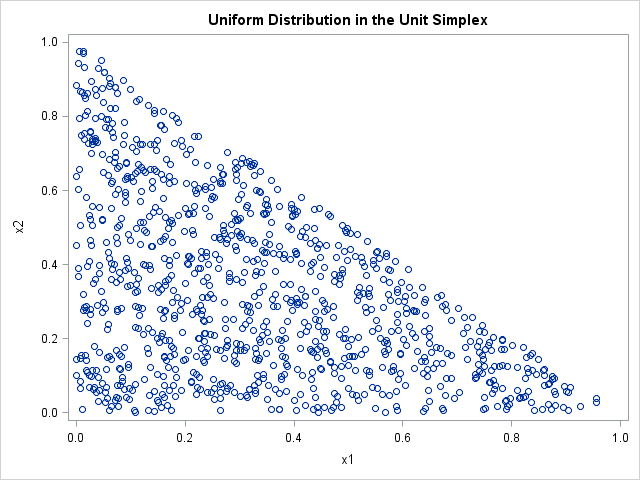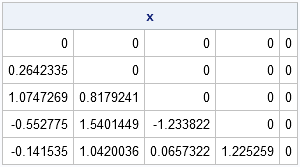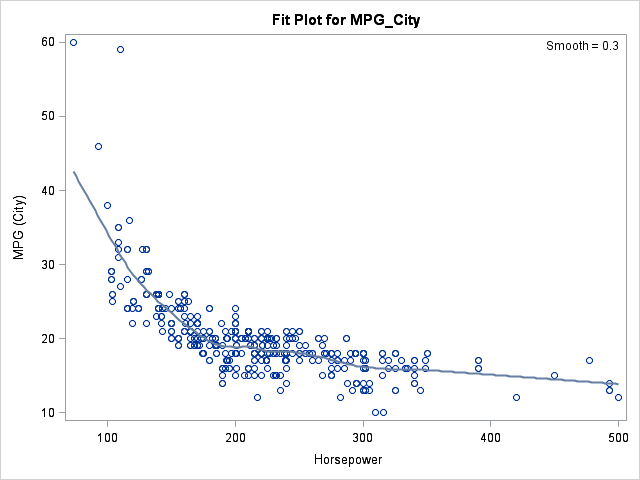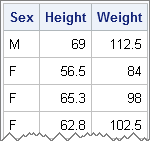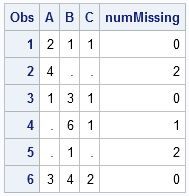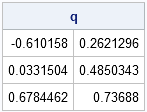
I am pleased to announce that this year at SAS Global Forum 2013 (San Francisco, April 27 to May 1, 2013) I am giving a free hands-on workshop (HOW) entitled "Getting Started with the SAS/IML Language." If you are not familiar with the very popular Hands-On Workshop series at SAS


